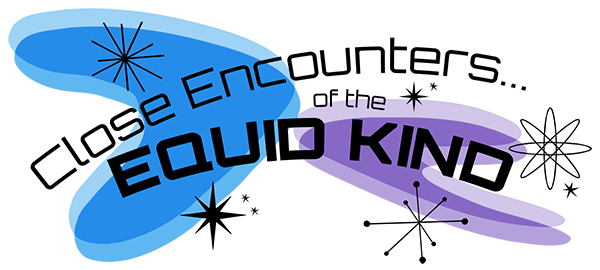Event Title
The Dragon Horse in Journey to the West
Session
Session 6: Horses and Identity
Location
Mary Tefft White Cultural Center, University Library
Start Date
1-10-2023 9:00 AM
End Date
1-10-2023 10:30 AM
Description
Viewed as a vehicle for transportation and for glory, the horse carries the human story on its back, designed to be ridden, stalled (stored?), and forgotten, until the next ride or flight of fancy. The horse is taken as a symbol rather than as is—a corporeal, sentient being. In M. Oldfield Howey’s revealing title, the Western literary tradition sees the horse in the context of “magic and myth,” rarely as a subject of study unto itself. The twain of East and West does meet on this universal, anthropocentric elision of horses. In Wu Cheng’en sixteenth-century Chinese classic Journey to the West, three half-divine, half-beast disciples named Monkey, Pigsy, and Sandy escort their master Tripitaka in the quest westward with the goal of acquiring India’s Buddhist sutras for the Tang dynasty. The company of four would not have made it without the fifth and largely ignored member, the white Dragon Horse which carries the mortal monk on this long journey and back through eight-one preordained calamities. Although deemed a beast of burden and an extra, the Dragon Horse plays an essential role in the pilgrimage not only in ferrying the physically and temperamentally frail monk but also in his affinity to the protagonist, the powerful Monkey King. The Dragon Horse is closely tied to both the master and Monkey, the reason and the means of the pilgrimage. Bimawen (弼馬溫 Protector of Horses), Monkey’s euphemistic title granted by the Jade Emperor as a gesture of appeasement, puns with the identity of “One who Wards off Equine Epidemic” (避馬瘟) based on the folk belief that monkeys fend off equine diseases; nonetheless, the title implies that Monkey is the epidemic. The kinship between Monkey and the Dragon Horse is hereby established: both colossuses—“The Great Sage, Equal of Heaven” and the flying Dragon Prince—sunken to the bottom in shame. A minor character by comparison, the Dragon Horse does take center stage in three occasions: Chapter fifteen, thirty, and one hundred. As minimal as the Dragon Horse’s role is, he surfaces in myriad ways in recent spate of film adaptations, especially in Hong Kong director Pou-soi Cheang’s trilogy.
Recommended Citation
Ma, Sheng-Mei, "The Dragon Horse in Journey to the West" (2023). Equine History Collective Conference. 1.
https://docs.rwu.edu/equinehistory-conference/2023/sunday/1
The Dragon Horse in Journey to the West
Mary Tefft White Cultural Center, University Library
Viewed as a vehicle for transportation and for glory, the horse carries the human story on its back, designed to be ridden, stalled (stored?), and forgotten, until the next ride or flight of fancy. The horse is taken as a symbol rather than as is—a corporeal, sentient being. In M. Oldfield Howey’s revealing title, the Western literary tradition sees the horse in the context of “magic and myth,” rarely as a subject of study unto itself. The twain of East and West does meet on this universal, anthropocentric elision of horses. In Wu Cheng’en sixteenth-century Chinese classic Journey to the West, three half-divine, half-beast disciples named Monkey, Pigsy, and Sandy escort their master Tripitaka in the quest westward with the goal of acquiring India’s Buddhist sutras for the Tang dynasty. The company of four would not have made it without the fifth and largely ignored member, the white Dragon Horse which carries the mortal monk on this long journey and back through eight-one preordained calamities. Although deemed a beast of burden and an extra, the Dragon Horse plays an essential role in the pilgrimage not only in ferrying the physically and temperamentally frail monk but also in his affinity to the protagonist, the powerful Monkey King. The Dragon Horse is closely tied to both the master and Monkey, the reason and the means of the pilgrimage. Bimawen (弼馬溫 Protector of Horses), Monkey’s euphemistic title granted by the Jade Emperor as a gesture of appeasement, puns with the identity of “One who Wards off Equine Epidemic” (避馬瘟) based on the folk belief that monkeys fend off equine diseases; nonetheless, the title implies that Monkey is the epidemic. The kinship between Monkey and the Dragon Horse is hereby established: both colossuses—“The Great Sage, Equal of Heaven” and the flying Dragon Prince—sunken to the bottom in shame. A minor character by comparison, the Dragon Horse does take center stage in three occasions: Chapter fifteen, thirty, and one hundred. As minimal as the Dragon Horse’s role is, he surfaces in myriad ways in recent spate of film adaptations, especially in Hong Kong director Pou-soi Cheang’s trilogy.


